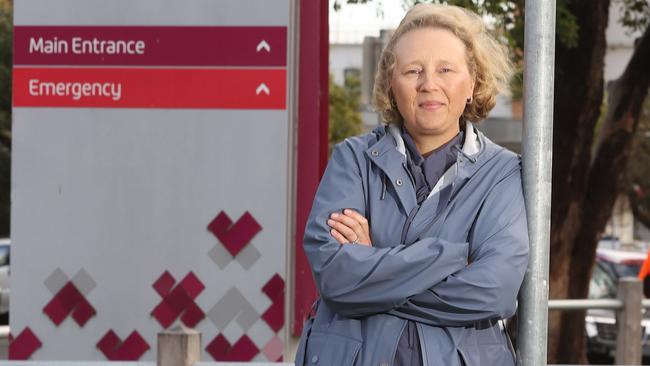Endometriosis blood testing makes progress in neglected field
Long left ‘grossly underfunded’, clinicians and researchers have welcomed an innovation in potential testing for endometriosis.

An Australian blood test for endometriosis raises the prospect of a quicker diagnosis of one of the most common causes of infertility and chronic pain for women, with clinicians heralding attention for the much-overlooked condition.
Endometriosis saddles victims with a seven-year path to diagnosis on average, which is often complicated by its complexity and under-representation in medical research.
A study by the Royal Women’s Hospital and pharma group Proteomics has shown the potential success of a blood test for the condition, which could dramatically streamline the diagnosis and help catch endometriosis before it develops.
The study’s outcomes, published in the peer-reviewed journal Human Reproduction, show statistically significant results in a clinical study of plasma samples from more than 800 participants.
It fills a clinical void, given the international lack of non-invasive endometriosis testing methods.
“This breakthrough is an exciting advance in the diagnosis of this debilitating disease,” Royal Women’s Hospital research director Peter Rogers said.
He urged more stakeholders to invest in endometriosis research and benign gynaecological sciences, given the years of neglect uncovered by the study.
“Women’s health research, particularly in what I call benign gynaecology, has a massive impact on the healthcare of women, and therefore families, therefore the nation, and it is grossly underfunded and grossly under-researched,” he said.
“There’s just no parity between the actual impact on society in the healthcare cost and the resources that are going into it.”
Australia has one of the highest rates of spending per capita on endometriosis, and yet despite affecting a similar proportion of the population as diabetes, it receives a tiny 2.4 per cent of comparative funding.

Albury estate agent Kate McAuley, 29, was diagnosed with stage four endometriosis in 2021 after six years of symptoms. She experienced chronic pain, hospitalisations, and multiple surgeries. Despite a family history of ovarian cancer, her condition was initially dismissed.
“I used to have really horrible periods, to the point where I was even fired from jobs because I couldn’t make it into work sometimes for a couple of days every month,” Ms McAuley said.
“I think about it now, and it is so strange that I wasn’t really checked properly through an ultrasound until much later.”
Following her diagnosis and five subsequent procedures, Ms McAuley was informed she had reached the brink of infertility.
“My specialist ended up calling me in and asked me to bring a support person. She said, “I’ve never had a conversation with somebody this young, but it is my strongest belief that you will not be able to have children in 12 months time, unless you try IVF now”,” she said.
“It was getting to the point where there’s so much scarring … where the next recommendation would be a hysterectomy, just to give me back basically that week of every month that I couldn’t move. But they knew how badly I wanted to be a mum.”
Faced with the ultimatum, Ms McAuley opted to begin IVF with the help of a sperm donor, and she is expecting a baby boy in the coming months.
“If an 18-year-old can get a blood test and find out she has endometriosis before it gets to the point where it’s affecting her fertility, then she has a lot longer to make that decision about what she wants to do,” she said.
Endometriosis is caused by errant growth of uterine tissue into other parts of the body, causing a range of symptoms from chronic pain to infertility.
Responsible for 40,000 hospital admissions annually, it affects one in nine women.
The annual Australian cost burden sits at $9.7bn. While treatable, endometriosis is incurable.
Proteomics managing director Richard Lipscombe estimated a rollout for the test within the next six months, provided further trials proved it was effective.
Gynaecologist Marilla Druitt, who works with the Royal Australian and New Zealand College of Obstetricians and Gynaecologists, supported the development of diagnostic tools that could offset the high cost of existing methods for patients.
She also urged potential patients to seek diagnosis for persistent pelvic pain, which can be determined after six months.
“We better be careful that we use it carefully and we don’t forget to take a holistic view of people’s health, however, because people are not their biomarkers.”
The Pelvic Pain Foundation recommends a healthy diet, regular exercise and consistent sleep as the best methods to offset endometriosis.




To join the conversation, please log in. Don't have an account? Register
Join the conversation, you are commenting as Logout